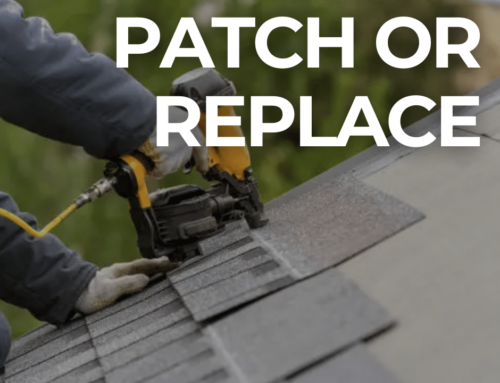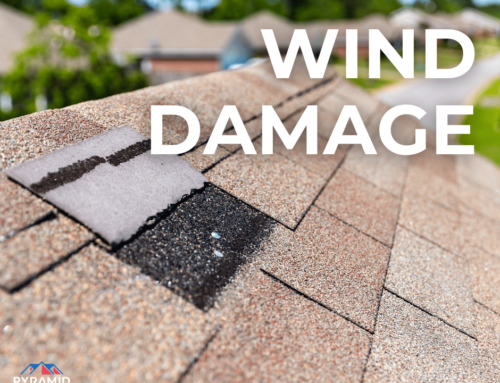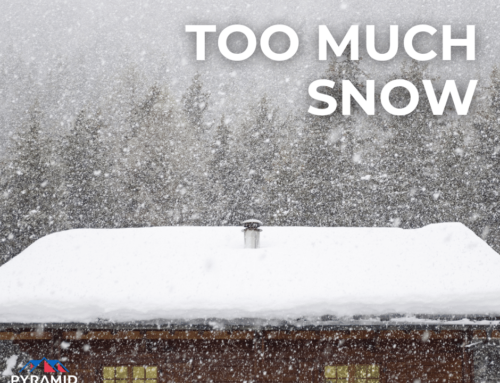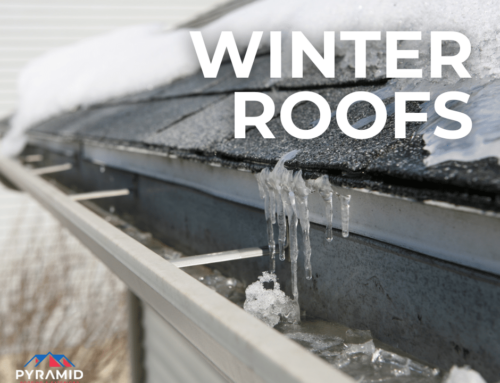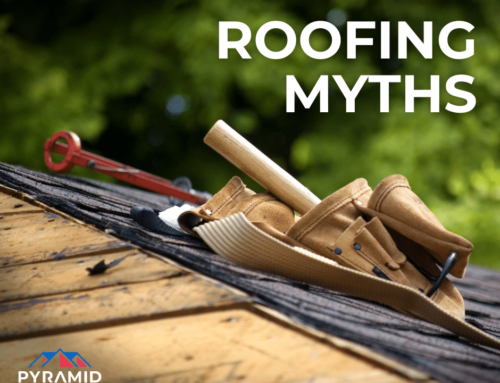Flashing is the weatherproof material that is placed on your home to prevent roof leaks where the roof has been jointed, at an angle, or if it has a vent pipe of something similar protruding from it.
Several parts of the home’s roof are going to create a “V” shape, which creates a canal for water to begin collecting when it is flowing off of the home. The roof is designed in that manner to prevent a standing collection of water when it rains or when the snow melts. If your roof is flat, it will deteriorate rather quickly because of the standing water.
Thanks to gravity, your roof can easily shed the water through these well-designed valleys.
Flashing provides an additional barrier between the rain storm and your home. It is installed beneath the shingles of your roof in the areas that are jointed. It is also installed around parts of the roof where there are protrusions –such as chimneys or skylights – to help prevent water accumulation at these joints. The flashing forces the water to flow around that specific protrusion and off of the roof.
Composition of Flashing
The flashing type that is used is dependent on the material present- metal, concrete tile, asphalt shingle, etc. – and the climate. In most cases, sheet metal, durable PVC plastic, or composite materials are used. Stainless steel, copper, and other metals are used if you want the flashing to accent the roof.
Where is Flashing Needed?
Flashing should be added to any section of the roof that has a protrusion, or that is jointed. It is also important for a kick out, where the roof comes in contact with a wall in home’s that are two-stories.
Flashing will also have to be installed at any squirrel cage, pipe vent, hood vent, skylight, dormer window or gable window. It is typically added when a new roof is being installed to the main seams and where the roof meets the chimney. The way that it is installed will be dependent on the location. For example, it is under the shingles on the roof at the angles and over the shingles where there are protrusions through the surface. Flashing is a crucial part of the roofing system and vital in preventing leaks in your home.
Flashing Damage
From time to time, the flashing on your roof may become damaged, when this occurs, it is best to call for professional repair. Not having this important component of your roof repaired promptly can lead to leaks and other issues.


